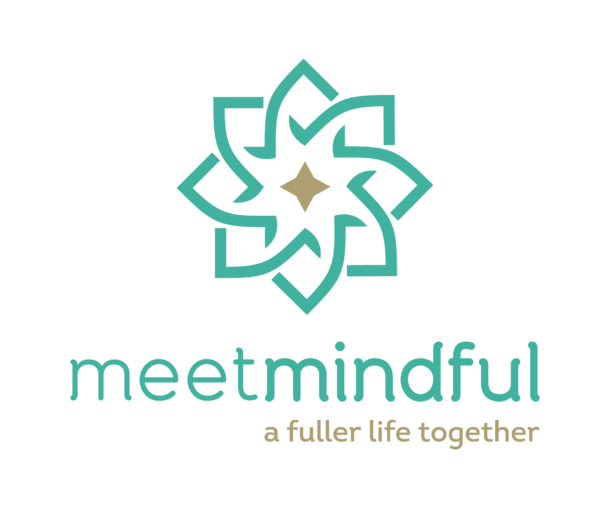After being with a partner for so long, we learn their behaviors; likewise, we develop our own. Rachel Weinstein investigates habitual thought patterns (and how to break the unhealthy ones).
I’m out of town on a long ago planned trip. My husband is home with a hurt knee taking care of our two kids. Last night I didn’t call him to say goodnight because I lost track of time.
When I called the next morning he was feeling bummed out, was wrapped up in taking care of our kids and said he was upset that I hadn’t asked him more about how his knee was doing.
The Habit
My mind: Ugh. I don’t want to deal with this. I’m on vacation. Why is he reacting like this? I wish he was more social. He could call a friend if he was more social. This is a bummer. My husband is being a drag.
These were my naturally arising the thoughts. If I acted on them, things wouldn’t have gone well.
So much of what we do is a dance of a relational dynamic we develop that becomes automatic. We become attached to a way of relating to our partners based on ideas we have about who we are and who they are.
But on what are those ideas based? How do we know they are true? And what do we do if they seem to create conflict in our relationships?
The thoughts I had were based on an ego that wants what it wants when it wants it. This kind of narrow-sighted and clinging voice is typical of the ego. When we go back and forth in communication with our partners from our egos, we’ll stay stuck in whatever particular flavor of defenses we have.
When we can get in touch with our desire to be connected to our partners and ourselves in a deeper way we can make choices to act from our hearts instead of our egos.
Here are some signs that your ego is trying to take charge:
You’re irritated.
You’re judging yourself or your partner.
You feel yourself withdrawing emotionally.
You feel yourself getting anxious.
You find yourself wanting to call or text a lot to soothe insecurity.
Breaking the Pattern
When you notice patterns like this arising, this is your chance to do something new. This is about breaking patterns. It’s about getting in touch with your heart and the feelings and information below your neck.
Ask yourself what you’re feeling? Where is the feeling in your body? Can you bring your attention to that part of yourself and be with it for a moment? What is it that you need to feel safe and secure?
These are super important skills that take time, energy and attention to build. They are the tools we use to allow us to connect authentically with our partner because we can get underneath the BS we’re used to telling ourselves about how either we’re bad or our partners are bad.
Underneath, in touch with our vulnerable hearts, we can experience true aliveness, love and passion.
So how did I respond to my husband that morning when I was feeling irritated? You read above what thoughts naturally arose.
If I’d spoken from that place, I probably would have, in a defensive tone, said something like: Geez. I’m on vacation! I wish you’d hang out with some friends instead of getting all upset about me not being there! I did call you a bunch yesterday…Sorry it wasn’t enough for you!
Instead, I took a deep breath and paused. I felt the irritation, and by feeling it I was able to get in touch with the other parts of me that weren’t the irritation: the resources I had, the friend sitting near me in the living room, the day ahead of me, the wisp of compassion I could feel for his pain. I remembered how cool it was that he was still supporting me in going on my trip despite his recent injury. I realized I probably hadn’t remembered to ask about his knee and that I would have like him to have asked if roles had been reversed.
And I said genuinely: I’m sorry I didn’t ask about your knee yesterday honey. How is your knee?
After he told me, I told him that I’d make sure to remember to call to say goodnight that night. I also thanked him for supporting me on my trip in spite of his knee. He relaxed. I could hear a gentleness creep into his voice that came from feeling my support and warmth and he was able to connect with those qualities within himself.
Every day in a relationship—new or old—we have a million opportunities to practice breaking habitual patterns and reconnecting with our Selves. This is the beauty and promise of relationships.
Let’s practice together. Share in the comments how this comes up for you. What is your flavor of defense? What’s worked for you in breaking old patterns and developing new, more heart-centered ones?
[image: via Stephen Poff on flickr]











